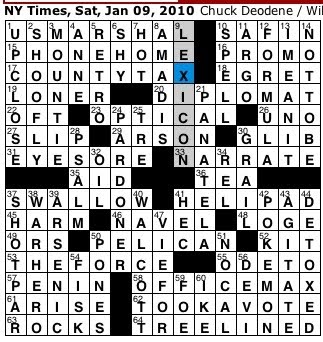

That’s where the Canterbury Tales come in, and Chaucer’s Tale becomes truly exciting. To reclaim it, he had to move beyond established conventions about how a literary career should be conducted. For Chaucer, already admired by cognoscenti in 1386 for such masterful works as The Book of Troilus, leaving London meant losing his audience. Authors read their works aloud for small groups of friends it was rare for manuscripts to circulate beyond these circles and virtually unheard of for people unknown to the writer to read a manuscript on their own. Literature in the 14th century, Strohm points out, was an intimate, interactive affair. It’s at this low point that Strohm brings on “the other Chaucer,” the poet who had to be shaken loose from his public life before he could seize control of his private avocation. Here too, details of the struggle between legislators loyal to King Richard II and those who sought to check royal power are less important than what they contribute to Strohm’s overall portrait of Chaucer at this pivotal moment: “Once again, as with the job in customs, he seems to have been in Parliament as the result of other people’s designs.” The stormy parliamentary session, which included complaints about declining revenues from wool and the misdeeds of customs officials, suggests that Chaucer was essentially forced to resign his post and leave his rent-free room because he was no longer a useful instrument of those designs.

He may have been relieved to head for Westminster as a Member of Parliament on Oct. Social history enthusiasts will find this fascinating those less taken with such minutia will readily grasp the main point: Chaucer was placed in an impossible position “at the intersection of several urgently competing interests” it was nearly impossible to be honest and dangerous not to be.

Readers need an appetite for the nitty-gritty of economic activity to enjoy Strohm’s meticulous explication of the wool trade’s importance to the crown as a major source of tax revenue and to the monopolists of the Wool Staple as the foundation of their fortunes. Medieval life was mostly conducted in public, the author reminds us, and though Chaucer was by nature a private man, nicely judged quotes from his writings attest that he was an amused and astute observer of the gossipy, tale-telling culture manifested daily on the city’s bustling streets.Ĭhaucer was actively immersed in that culture each workday on the London waterfront, where he inspected, weighed and recorded the quantities of wool being shipped and the customs duties collected for them. Strohm vividly captures the racket from the parade of traffic passing through London’s busiest gate from dawn until dark, as well as the stench from an open sewer just outside the city walls. So for the 12 years he spent at Aldgate, Chaucer was mostly alone, with a teeming urban scene literally beneath his feet. Philippa Chaucer almost certainly preferred passing her time as a lady-in-waiting in luxurious households to residing with her husband in a spartan room above one of the walled medieval city’s seven gates. We learn that Chaucer, the son of a London wine merchant, married up and probably owed his patronage-based job as controller of the wool custom to his wife’s aristocratic connections. Strohm, a scholar of medieval literature with emeritus titles at Columbia and Oxford universities, wears a lifetime of study lightly in his detailed yet cogent narrative. The game-changing brilliance of the Canterbury Tales is even more apparent after Strohm explicates the Tales’ origins in a period of crisis for Chaucer, who began 1386 with rent-free lodgings and a secure civil service position in London and ended it “a wanderer in Kent, with no fixed job and insufficient income.” Paul Strohm’s vibrant chronicle of a pivotal year in Geoffrey Chaucer’s life, Chaucer’s Tale: 1386 and the Road to Canterbury (Viking), enriches our understanding of a towering literary figure by placing him in a densely populated social and historical context.


 0 kommentar(er)
0 kommentar(er)
